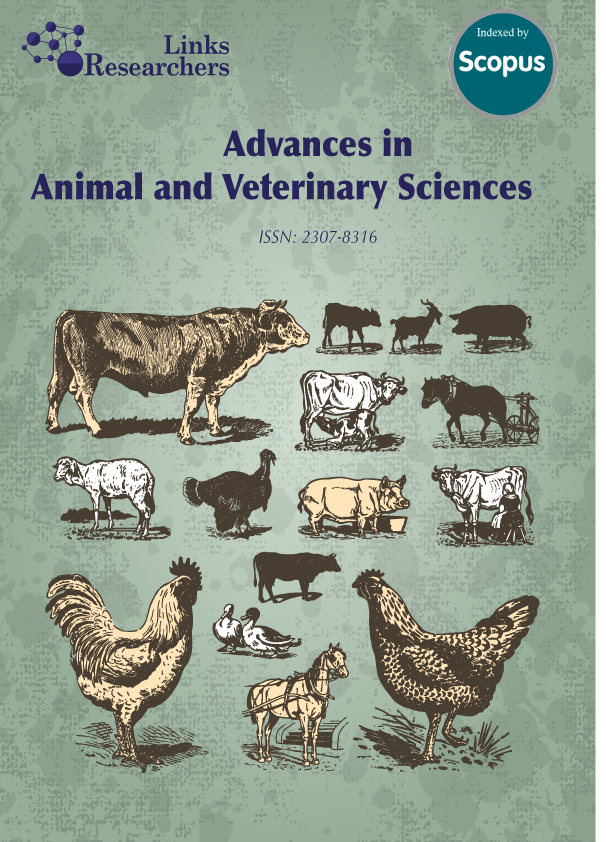Antioxidants Affect Heat Stress Proteins Reactivity on Dermal Fibroblast Cells of Buffalo In Vitro
Antioxidants Affect Heat Stress Proteins Reactivity on Dermal Fibroblast Cells of Buffalo In Vitro
Bipasha Mazumder1, Khadija-Tut-Tahira2, Khondoker Moazzem Hossain1, Gautam Kumar Deb2,3*, Md. Ashadul Alam3, S. M. Jahangir Hossain4
ABSTRACT
To share on other social networks, click on any share button. What are these?






